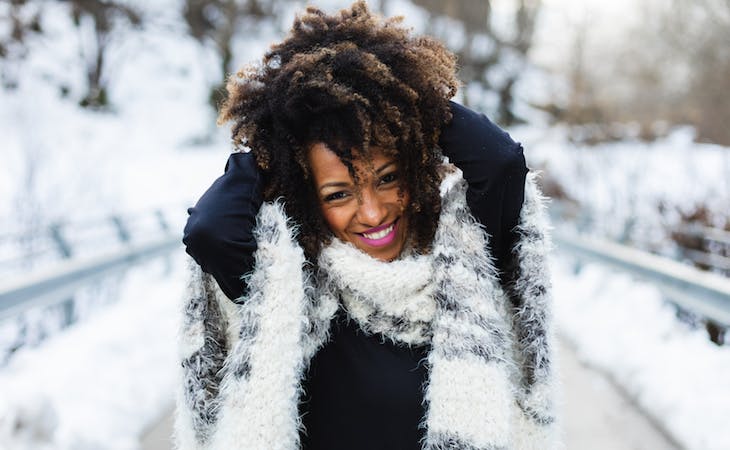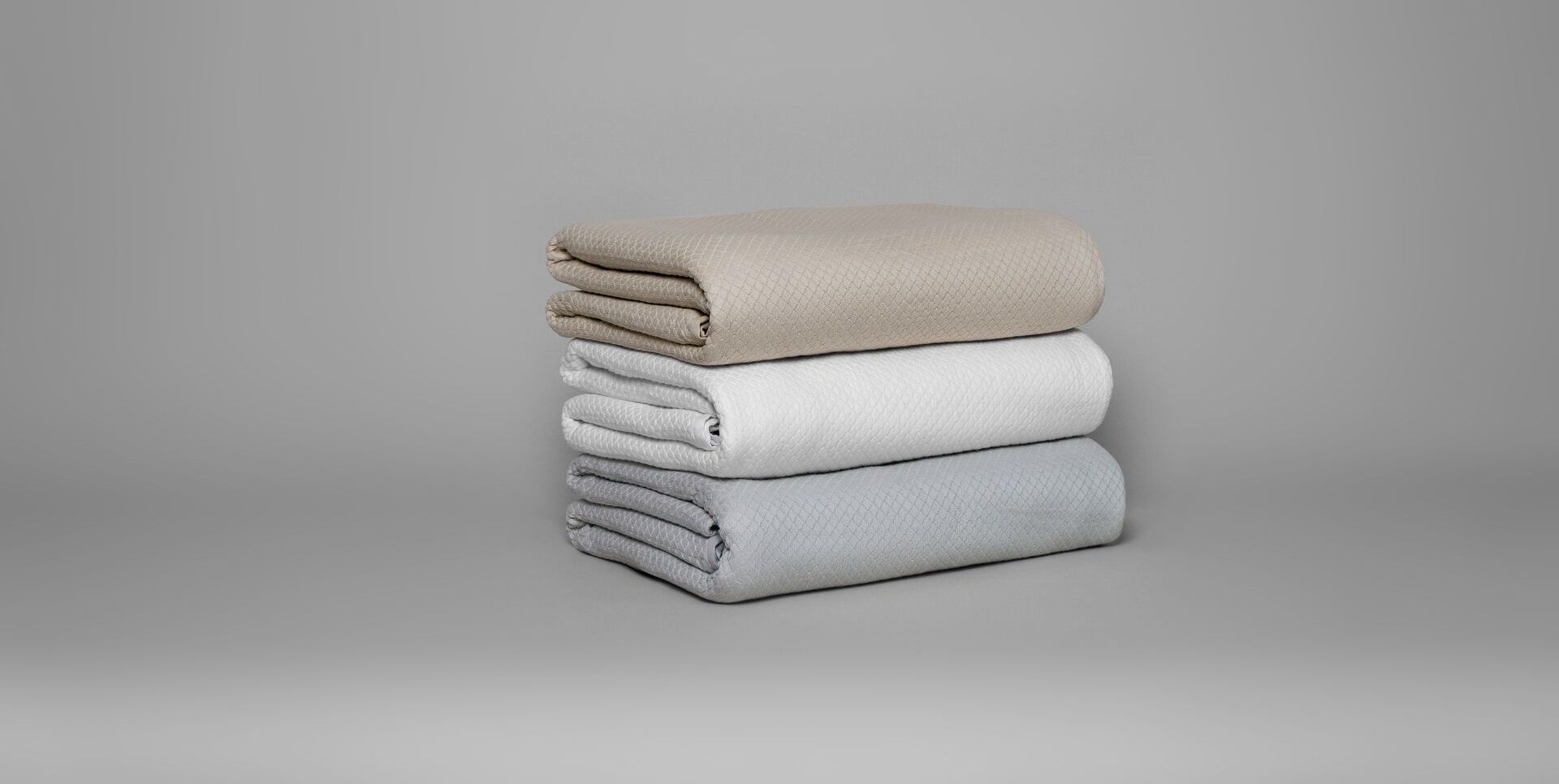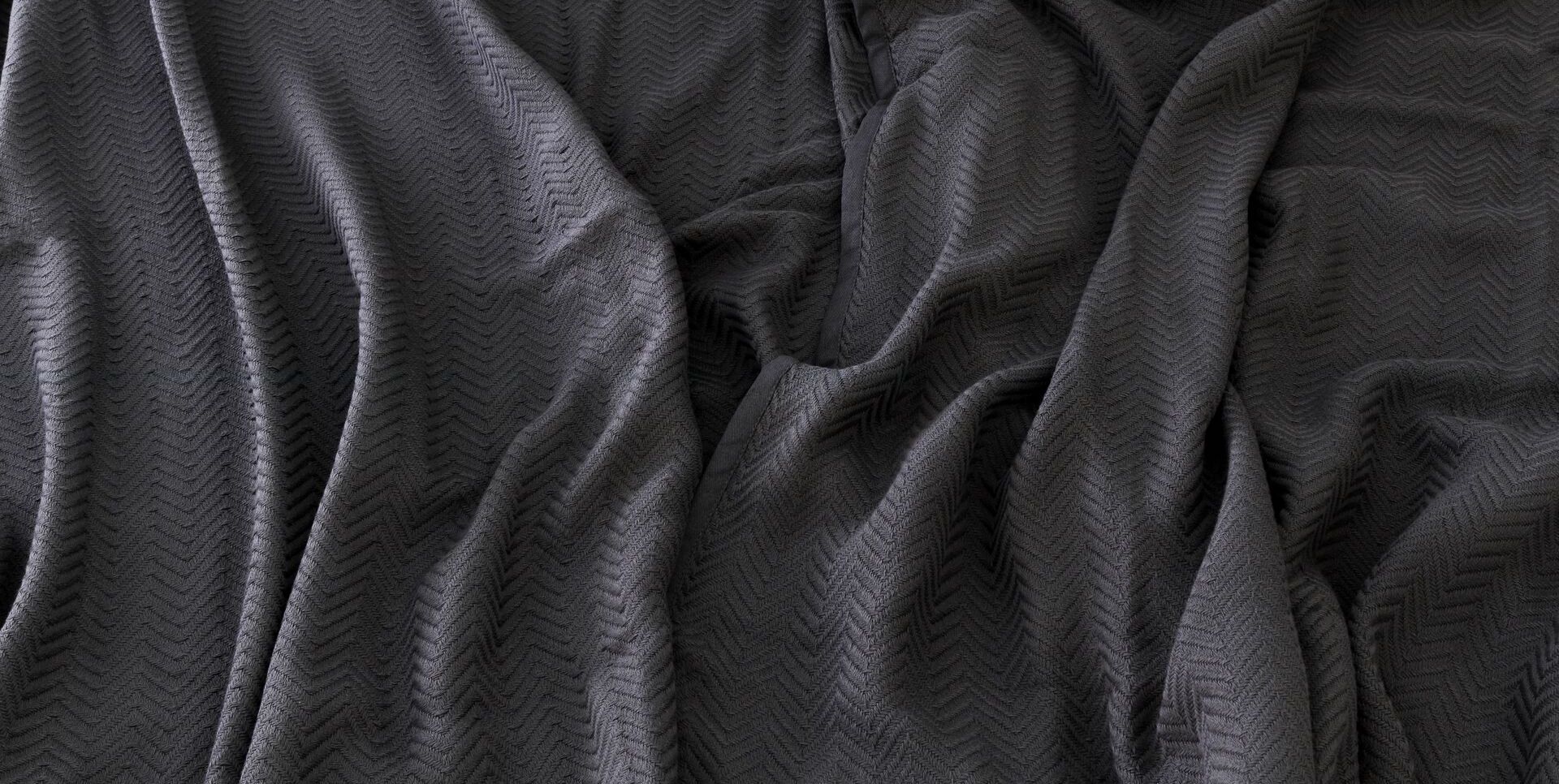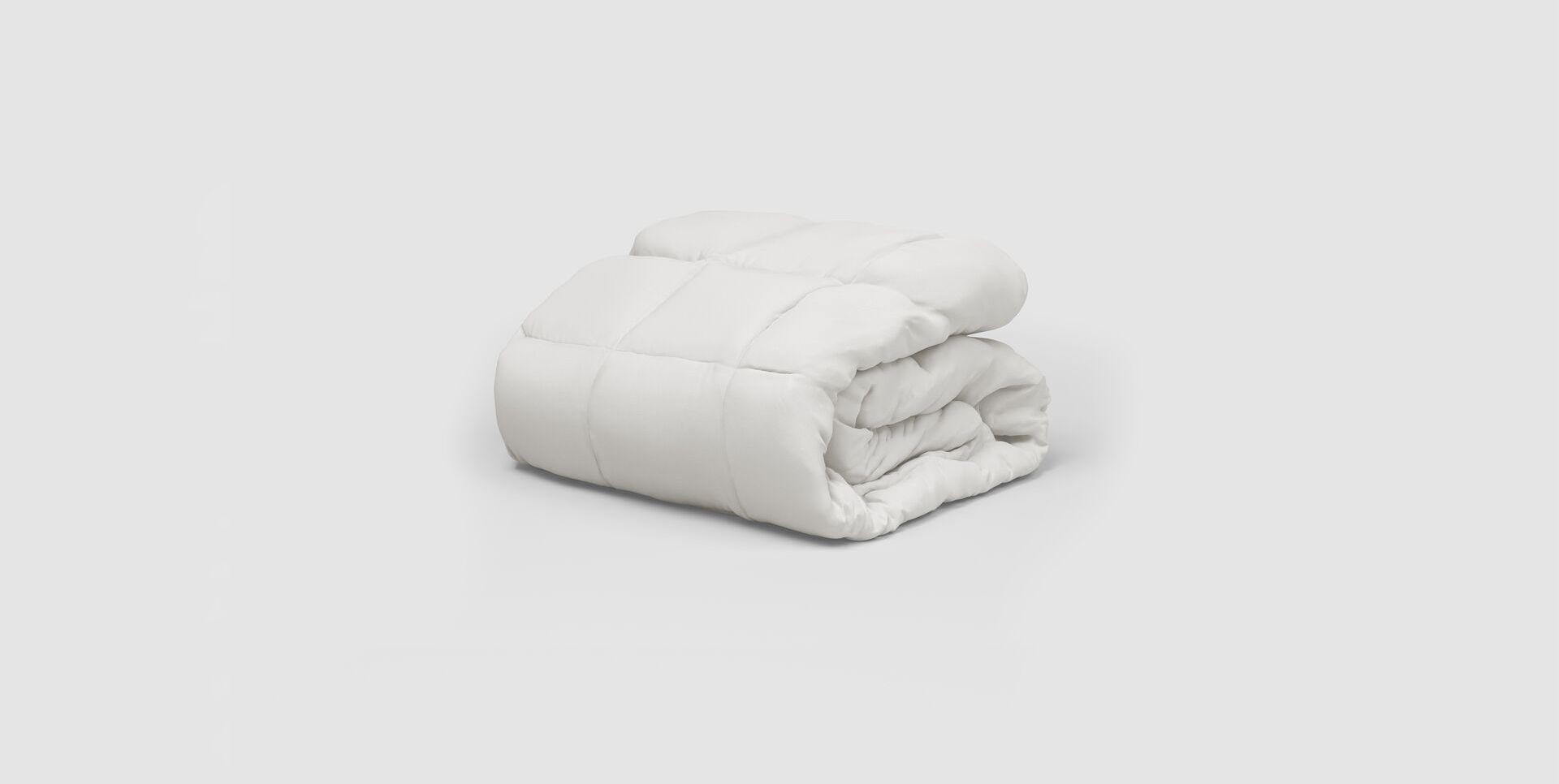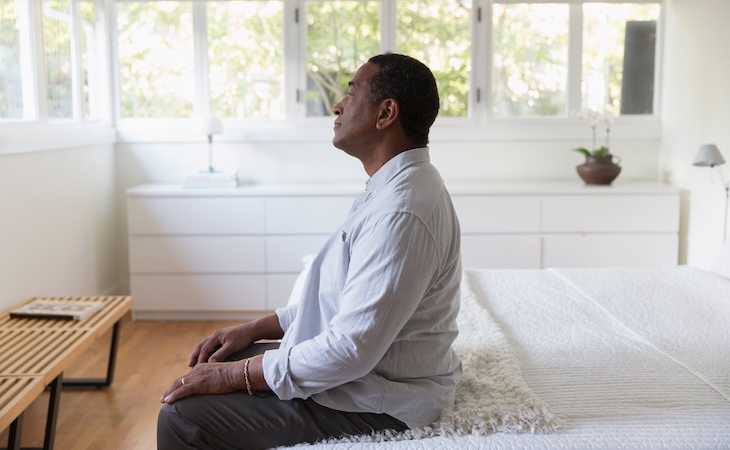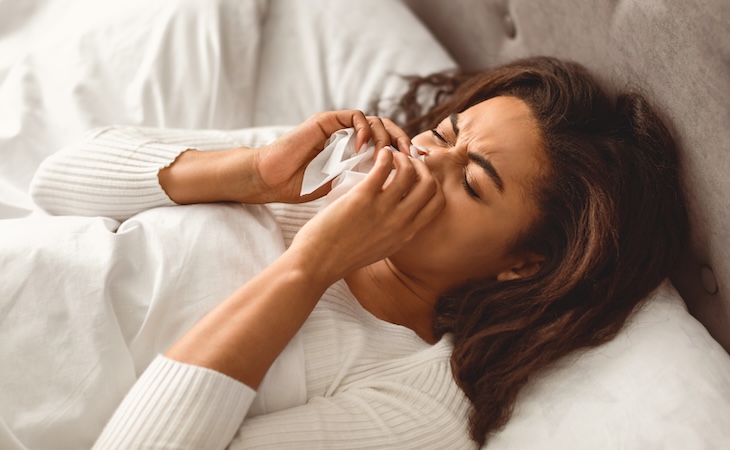Winter brings a lot of changes with it, including less daylight and much colder temperatures. And it turns out both of these can seriously throw your sleep schedule out of whack.
Luckily, there are some easy steps you can take to sleep better during the winter. Here, learn how to cope with the three big seasonal stealers of sleep.
Less sunlight
The days are now shorter, meaning there’s a lot less opportunity to be out in the sunshine. The lack of natural light can contribute to a condition called Seasonal Affective Disorder (SAD), which is essentially the medical name for the winter blues. According to American Family Physician, 4% to 6% of people may experience seasonal depression, while as many as 10% to 20% may have a mild case of SAD. The condition is four times more common in women than men, and it also becomes more common the further north you go. (So if you live in Wisconsin, for instance, the likelihood is higher than if you live in Florida.)
A study published in the Journal of Psychosomatic Research found that sleep disturbances are one of the hallmarks of SAD, characterized by excessive daytime sleepiness. That’s because the extra darkness messes with natural circadian rhythms and causes the body to produce more melatonin, the sleep-promoting hormone, leaving you feeling a lot more tired.
The solution: Get more sunlight. Depending on where you live, that can be difficult in the dead of winter, but it’s not impossible. Bundling up and going for a 10-minute afternoon walk is one way. If you have SAD, light therapy has been proven to work. A light therapy box mimics sunshine, boosting your mood and alleviating symptoms of SAD. Look for a light therapy box that provides 10,000 lux of light exposure, turn it on within the first hour of waking up, and use it for 20 to 30 minutes.
Dry air
Bye, bye moisture. Winter air is notoriously dry, and that can leave you pretty uncomfortable. Think: dry skin, dry eyes, dry nostrils, dry throat. On top of that, the dry air makes it easier for you to get sick, and as you’re probably well aware, sleeping well with a cold or the flu is not easy. Your nostrils need mucous to block viruses from making their way into your body—but when the air is dry, they can’t work as effectively. Also, bacteria and viruses usually live longer in dry air after someone coughs or sneezes, upping your risk of getting sick.
The solution: Place a humidifier in your bedroom. A humidifier emits water vapor to keep the air moist, which will help alleviate the symptoms of dryness and irritation. It may even help you sleep better and curb your risk of getting the flu. In a study published in the journal Environmental Health, participants who used a portable humidifier slept longer than those who didn’t use one—and in homes with a humidifier, flu germs didn’t linger in the air as long as in homes without one.
Too much heat
Cranking up the heat in your bedroom is tempting, but it can actually make falling—and staying—asleep harder. According to the National Sleep Foundation, the ideal temperature for slumber is between 60° and 67°. One of the precursors to sleep is a drop in body temperature. Keeping the room too warm can interfere with that natural process and make falling asleep more difficult.
The solution: Resist the urge to raise the thermostat. Instead of pumping heat, try a more insulating blanket or an electric mattress pad. Or sleep in socks—science has shown that wearing socks to bed helps you fall asleep quicker and stay asleep longer. And best of all, it doesn’t cost a thing.
Ready to spruce up your bedroom for the season? Here’s how to create a cozy winter bedroom.

